Civil War Technology, Strengths and Weaknesses, Leaders, Strategies
1/37
There's no tags or description
Looks like no tags are added yet.
Name | Mastery | Learn | Test | Matching | Spaced |
|---|
No study sessions yet.
38 Terms
Railroad/Trains
Used as the main transportation method during the Civil War. The North owned and operated over 70% of all rail in the United States. Lincoln effectively used railroads to quickly transport food, weapons, soldiers, and anything else he needed on the battlefield during the Civil War.
Ironclad
The first naval vessel used for war. Armor plated with a thick iron hull, these warships were almost indestructible against the weapons of the time.
Battlefield Medicine
Advancements in health allowed new medicines to be developed to help fight disease, clean wounds, and keep wounded soldiers alive. Over 600,000 people died during the civil war. Could have been over 1 million people if not for new battlefield medicine.
Telegraph/Morse Code
The first type of communication over long distances, this new device could send coded messages from the front lines of the war to Abraham Lincoln in Washington D.C. in a matter of minutes. Lincoln used this to help defeat the Confederates in the Civil War.
Cameras
The invention of portable cameras made the Civil War the first war that was documented using pictures. These pictures showed the grim reality of war, the heartache, bloodshed, and toll it took on soldiers involved.
Industry
This powered the war effort for the North. This allowed Lincoln to provide his army with food, weapons, supplies, ammunition, and fresh soldiers throughout the war.
Minie Ball Ammunition
A new type of ammunition that was developed in Europe before the Civil War. Instead of using the round musket ball, the Minie Ball featured a conal shape that would cut through the air. Shot out of a rifle, the Minie Ball was effective up to 1000 feet, where the musket ball was effective up to 150 feet.
Border States
Delaware, Maryland, Kentucky and Missouri. They were slave states, but did not secede and pledged allegiance to the Union during Civil War.
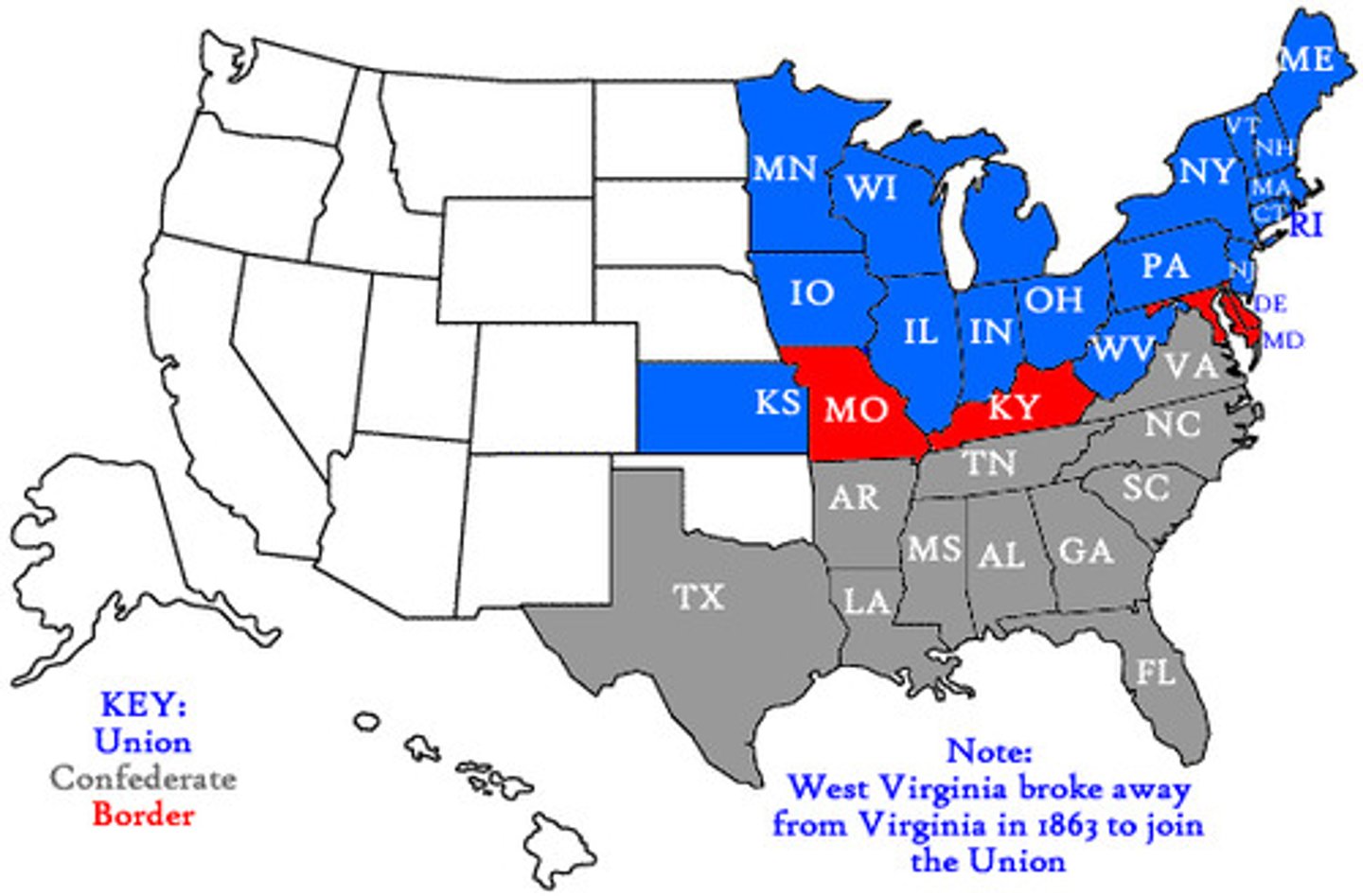
Ironclads
Warships covered with protective iron plates. Nearly indestructible until the invention of torpedoes and rams.
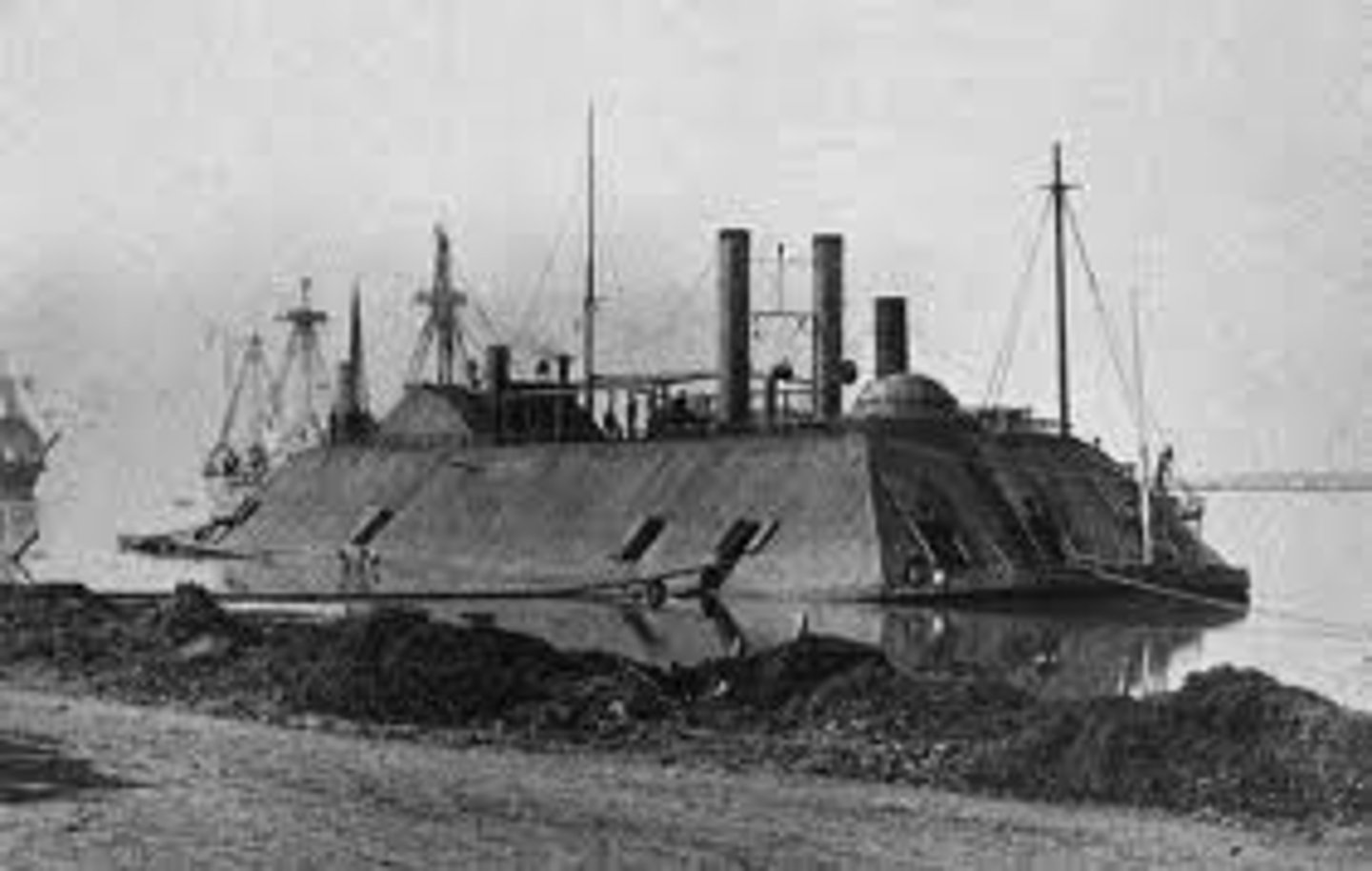
General Ulysses S. Grant
In charge of the Union army; accepted General lee's surrender at Appomattox Court House
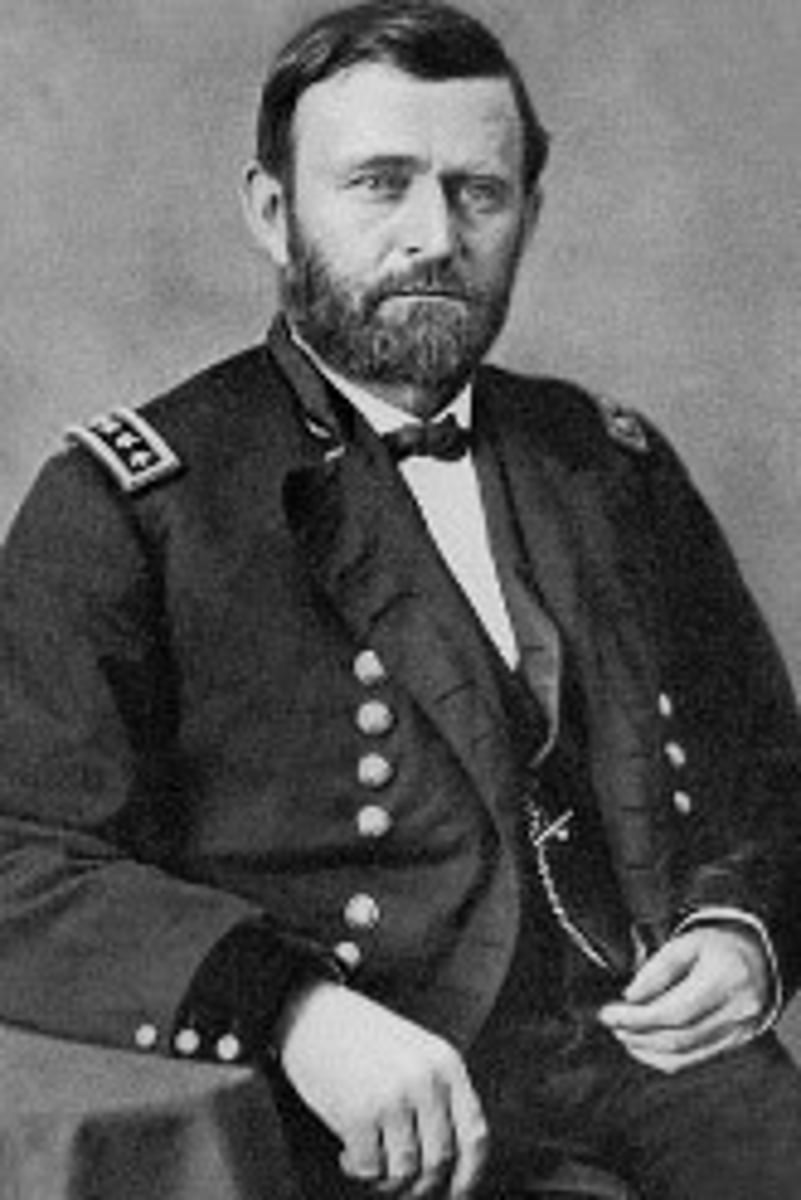
General "Stonewall" Jackson
Confederate General who won key battles at Bull Run Creek. Was shot by his own men and died.
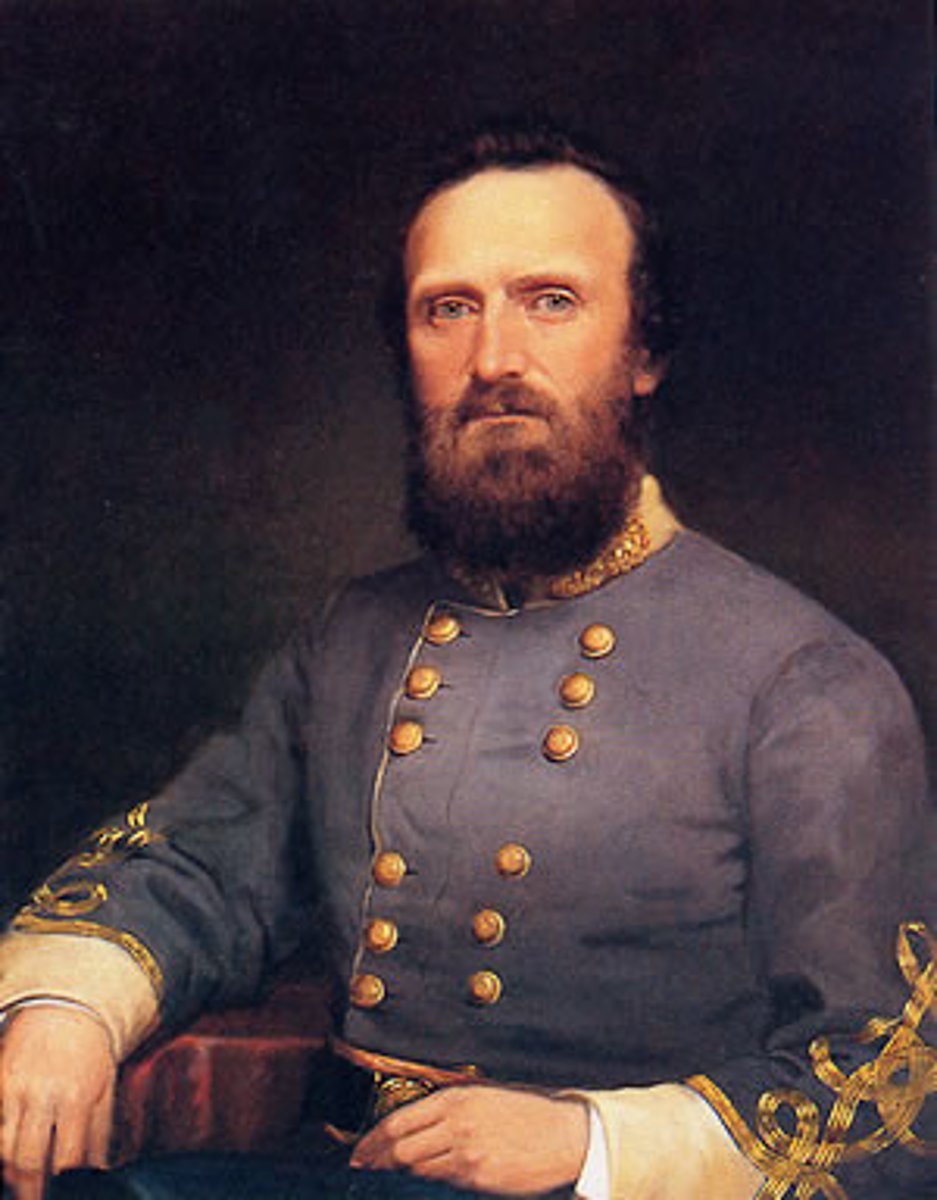
General William T. Sherman
Union general who captured Atlanta and who "marched to the sea"
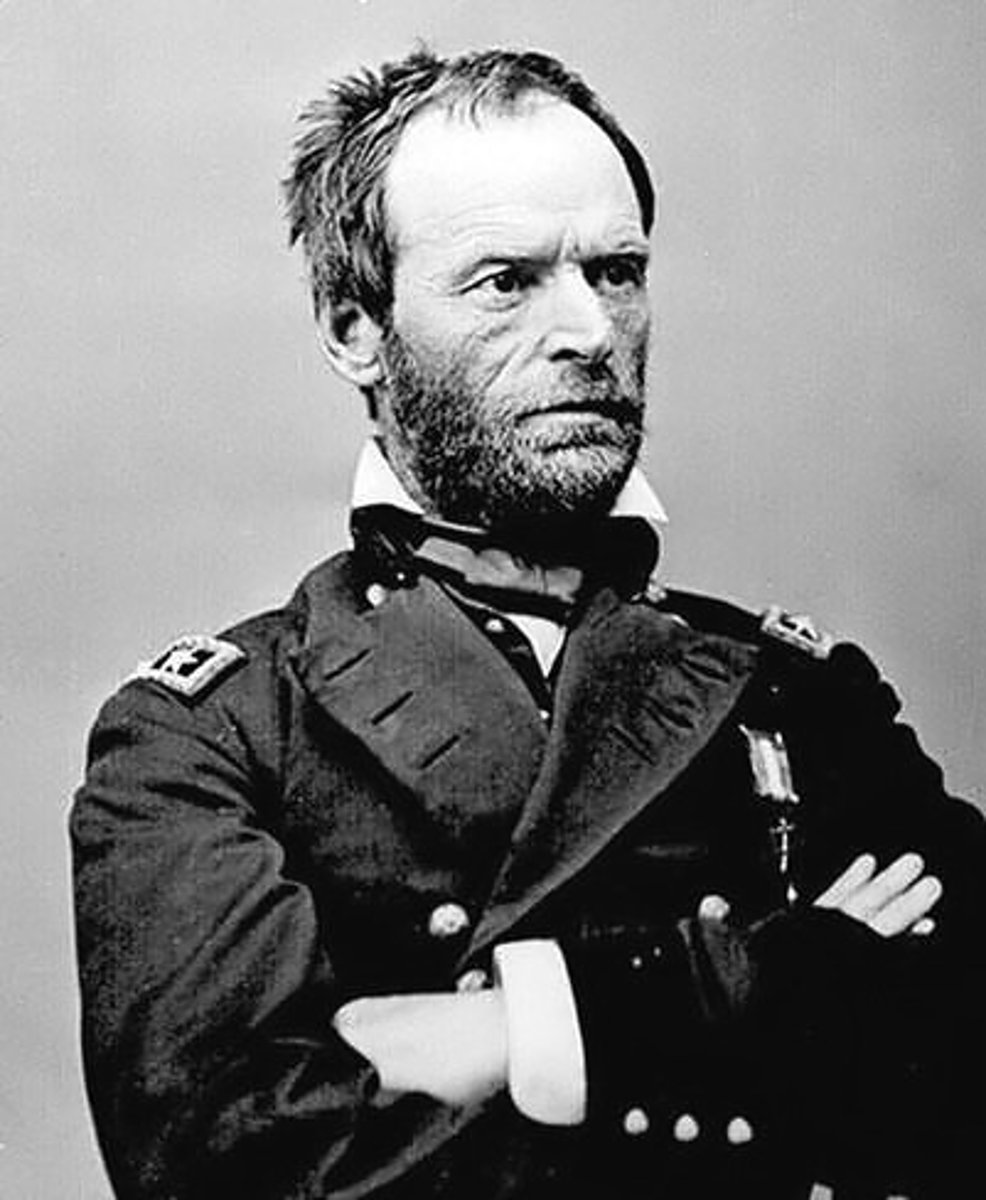
Jefferson Davis
President of the Confederate States of America
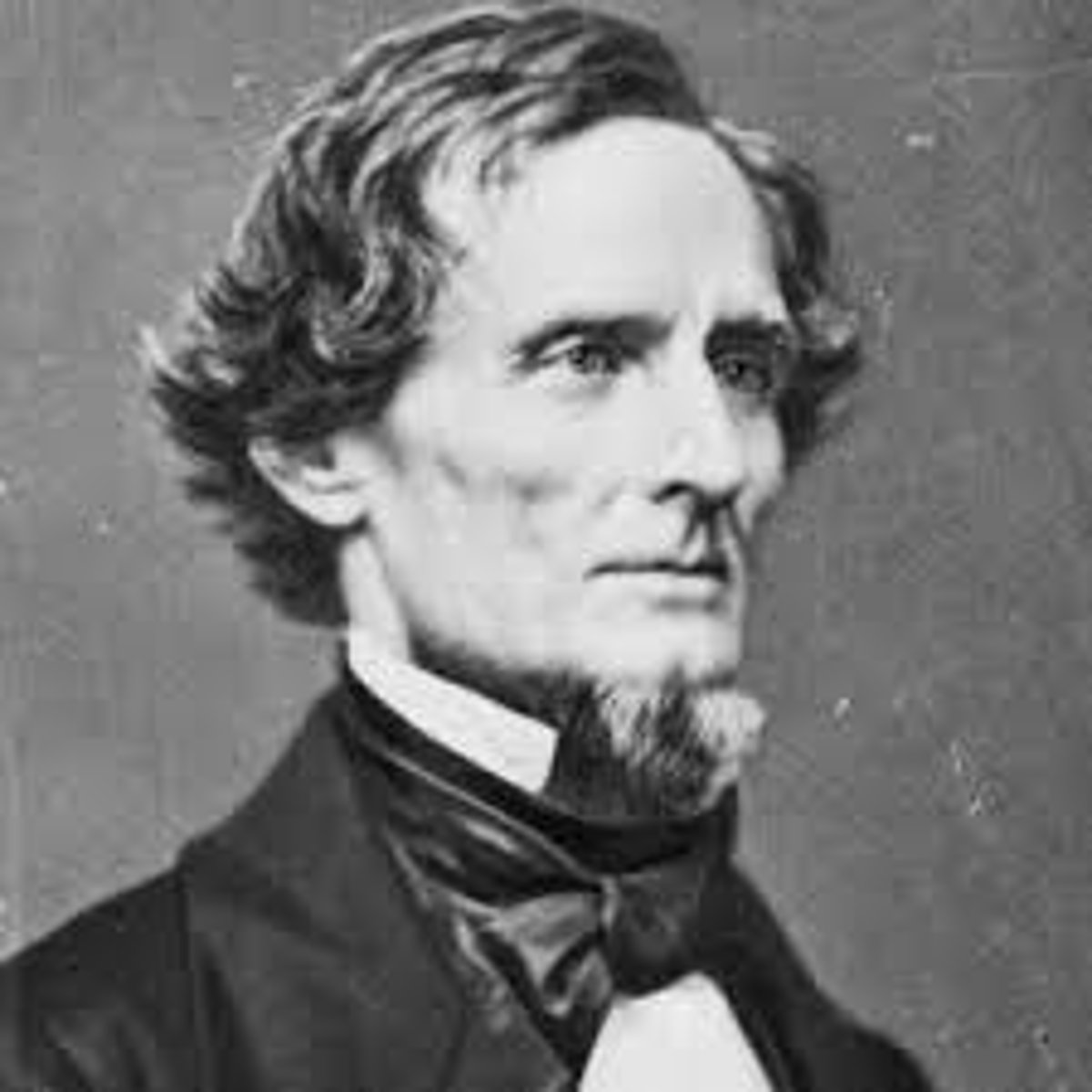
Abraham Lincoln
President of the United States of America- led the Union to victory to "preserve the Union".
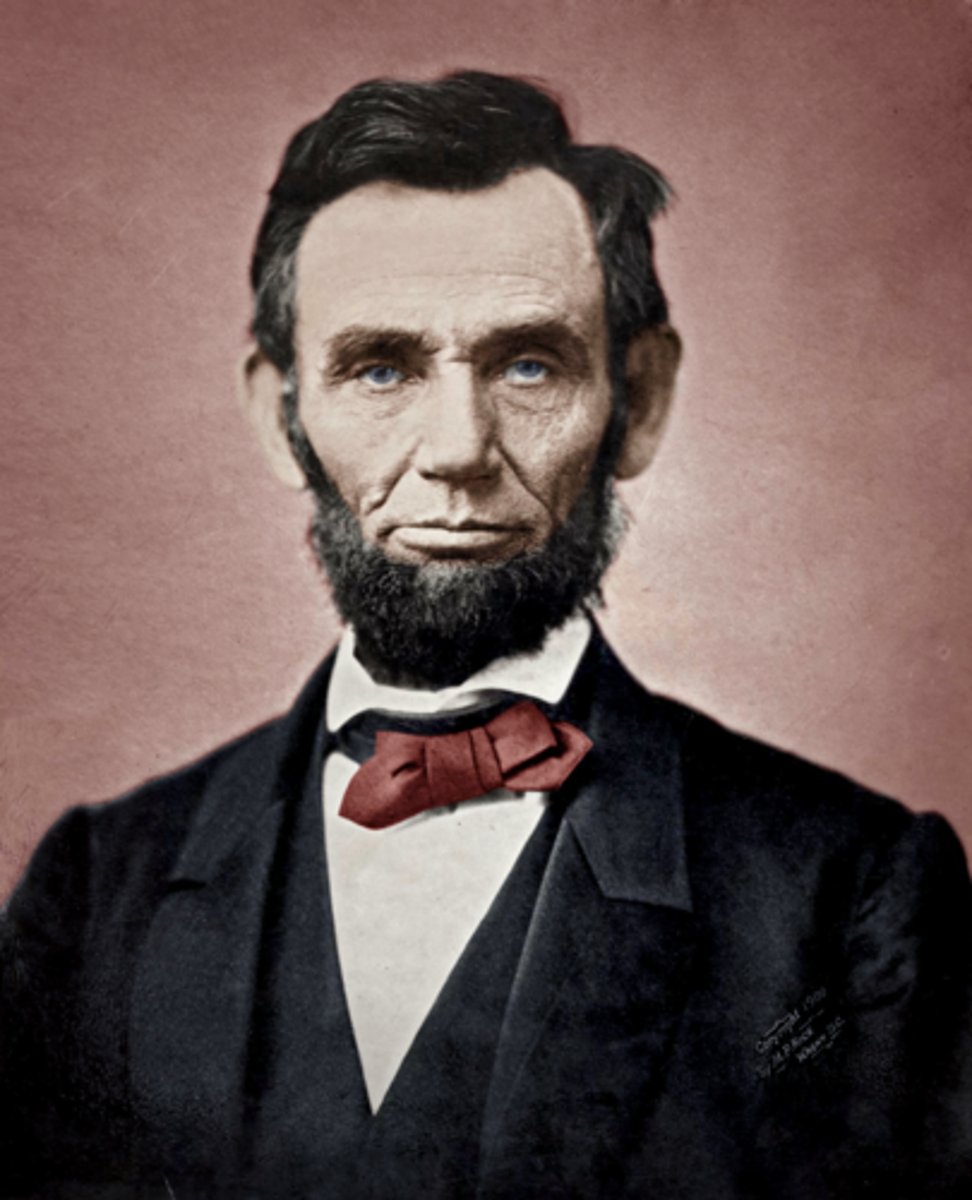
Industrialized
North Strength
Higher Population
North Strength
More Money
North Strength
Controlled Oceans
North Strength
More Railroads
North Strength
More farms for food
North Strength
Ineffective and unaggressive generals
North Weakness
Not Friendly with European powers
North Weakness
1/3 of officers surrendered at end of the war
North Weakness
Good Commanders
South Strength
Free Manpower from slaves
South Strength
Larger land-difficult to conquer
South Strength
Fighting for cause they believe in
South Strength
No farms for food
South Weakness
under-industrialized
South Weakness
Took away much needed machinery for military use, damaging farm performance
South Weakness
Abraham Lincoln
Union president, president during the Civil War.
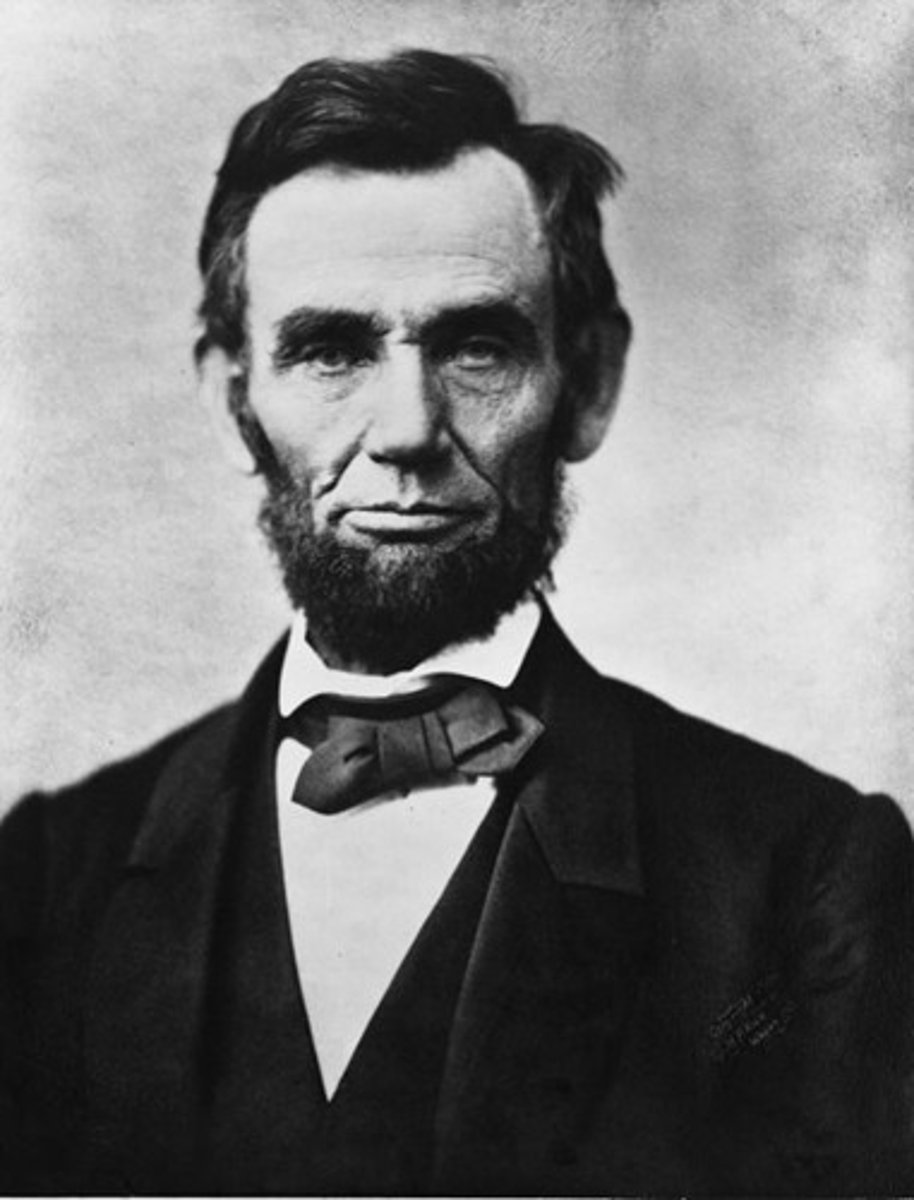
Jefferson Davis
President of the Confederacy, southern president during the Civil War.
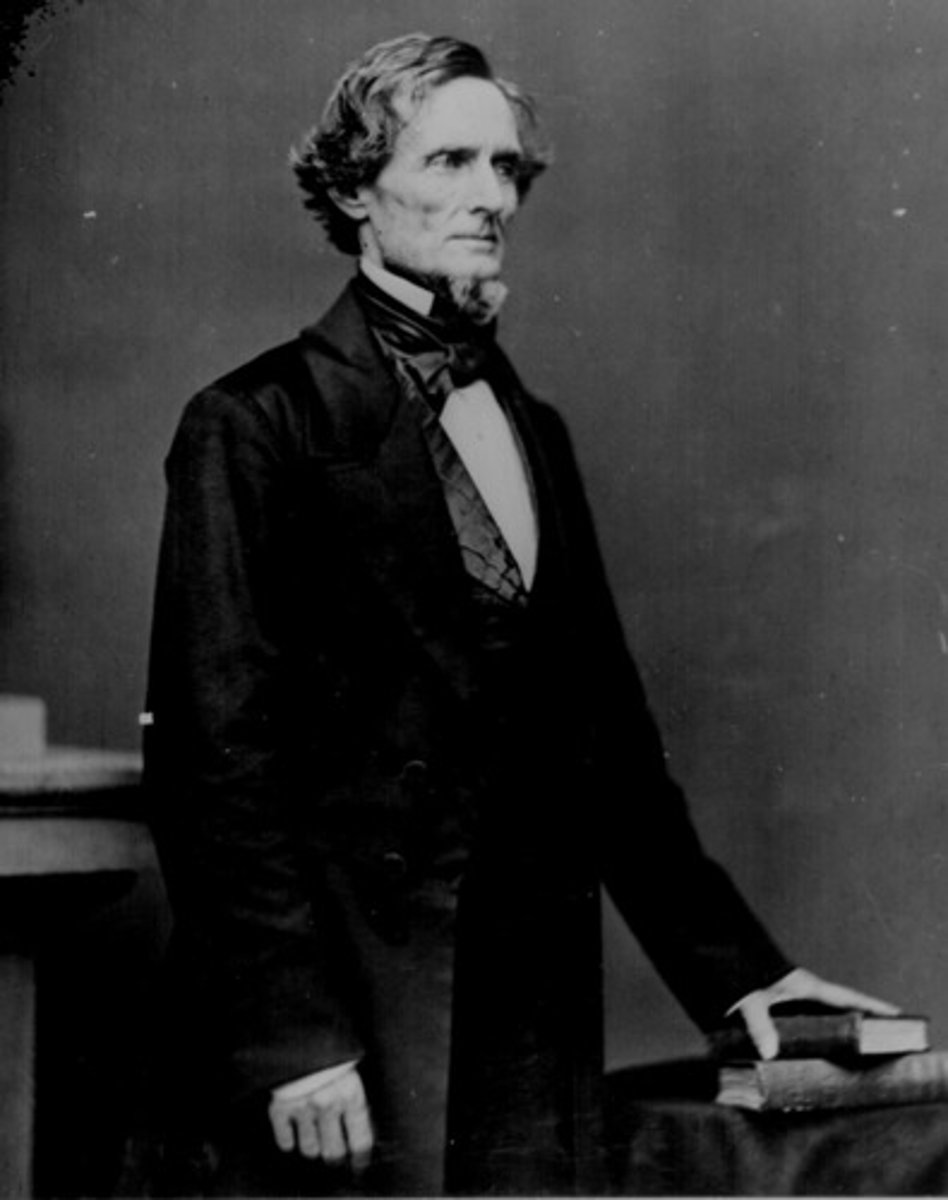
Advantages and Disadvantages for the North.
• They didn't know the southern grounds.
• They didn't have an as-good of a army (or army generals).
• They had factories to create guns easily.
• More population.
Border States (Who, why important).
Kentucky, Maryland, Delaware, Missouri.
The North didn't want too loose them because they are extremely close to the capital of The confederacy.

Goal and strategies for the south.
They wanted to be recognized as an independent nation. There basic strategy was to conduct a defensive war.
Goal and strategies for the north.
The North thought the war was useless, and they just wanted to be one country again with the South. They would fight until the south gave up.
Advantages and disadvantages for the south.
• They knew the land well.
• Good training and generals.
• Smaller population.
• Risk of losing their land to the war.
• Harder to get supplies because they didn't have factories.
Robert E. Lee
Confederate general who had opposed secession but did not believe the Union should be held together by force